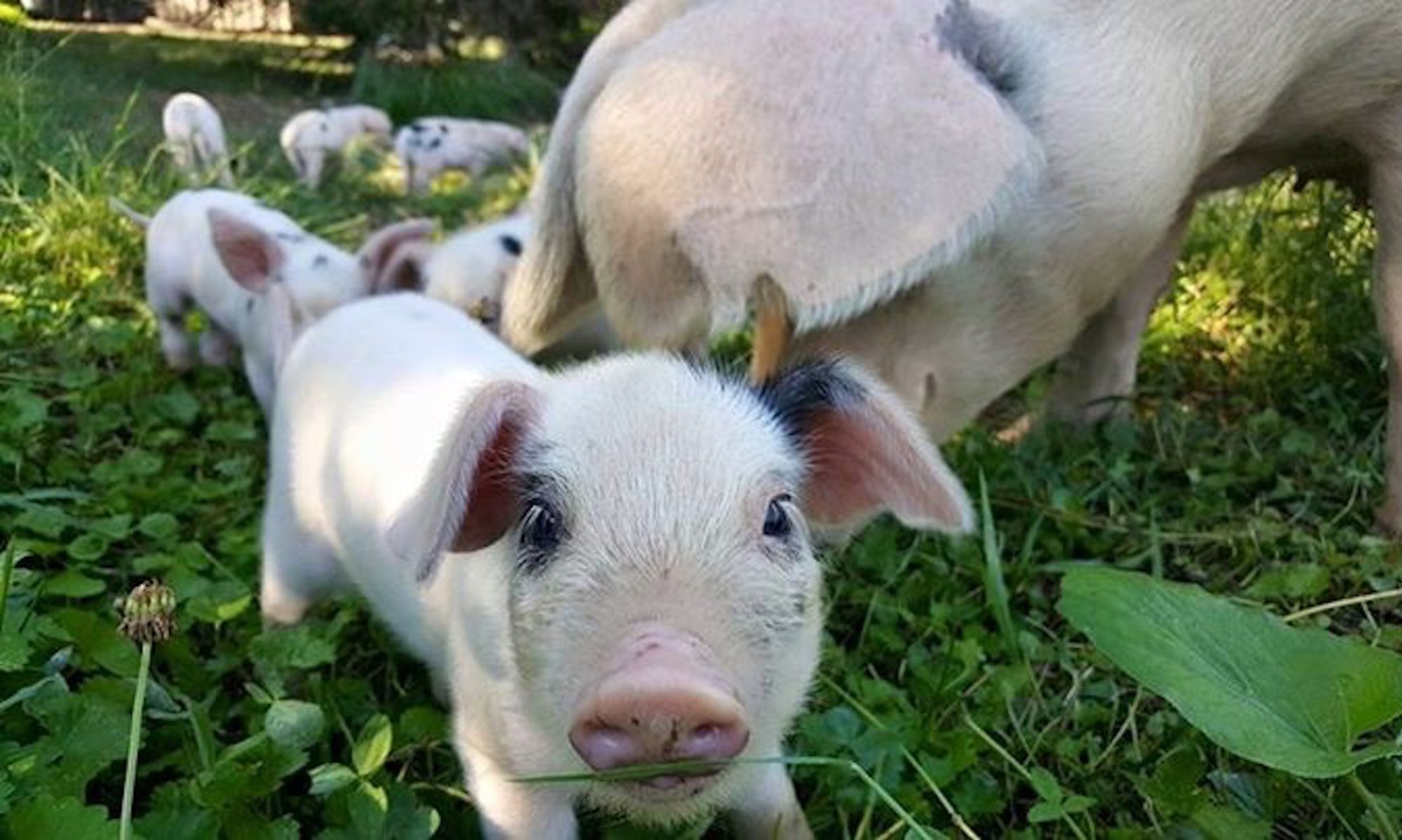
I’ve go a project/anecdote for you! My friend Tammy showed me how to make a drying rack for clothes from an old bike wheel and it is amazing.
All you need is:
- an old bike wheel (try freecycle or just ask around)
- three zip ties (optional but helpful)
- ~36 clothespins
- some rope
- a carabiner clip or similar (see the anecdote below)
- Spray and scrub down the old bike wheel. It doesn’t have to be spotless, but anything dirt on the wheel may end up on your drying items!
- Attach the three zip ties equidistant around the wheel, loosely (larger zip ties are best)!
- Use three same-size lengths of rope to the zip ties and together (for this, I deconstructed a topsy-turvy tomato grower and used some of the metal hanging wires).
- Optional – attach three lengths to the carabiner rather than tie together
- Tie more rope to the three lengths/carabiner; use enough to be able to hang from a tree or whatever you can find.
- Finally, attach the clothespins and you have your drying contraption!
This works GREAT for small kitchens cloths but especially for cloth tissues, like the ones I showed you in a previous email. This is something you can easily make and use in a small backyard and even inside if you have the space!
And now for the anecdote… Tuesday I did a bunch of laundry without paying attention to the weather (note to self: that wasn’t smart). When the sky darkened I ran out and carried in my drying racks and took down the clothes from the lines but it was already sprinkling and I didn’t want to take each individual tissue and cloth off of the bike wheel rack, so I did the next best thing… I covered the whole thing in a poncho! It worked! Two hours later I returned and everything was no more damp than it had been before the rain! Now I think I should install a clip so I can remove this drying rack before this happens again but in case I don’t get to it, at least I know the poncho trick works!






